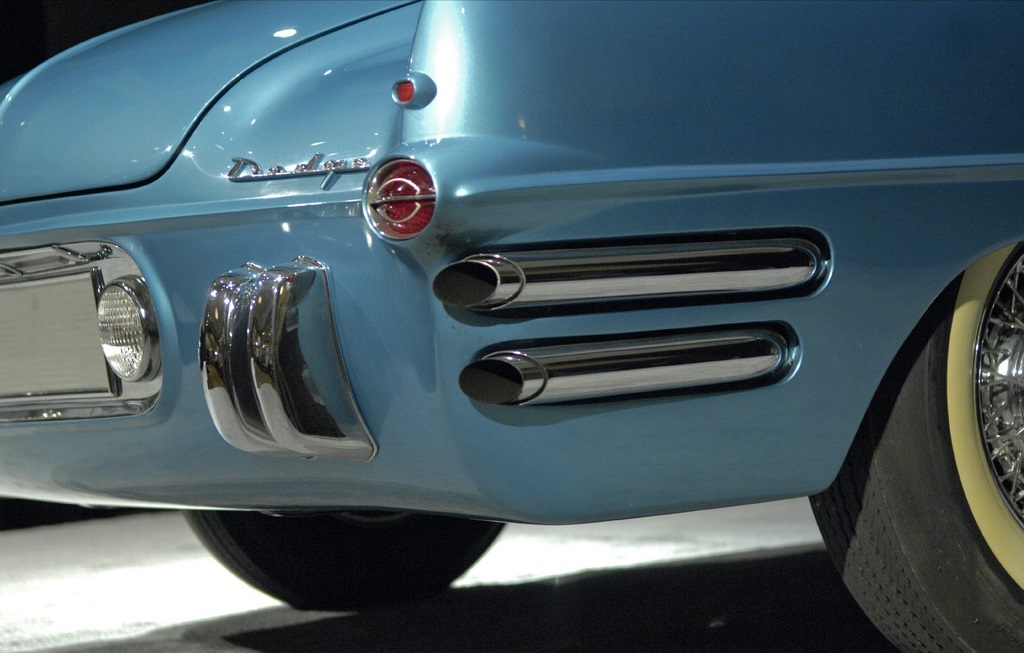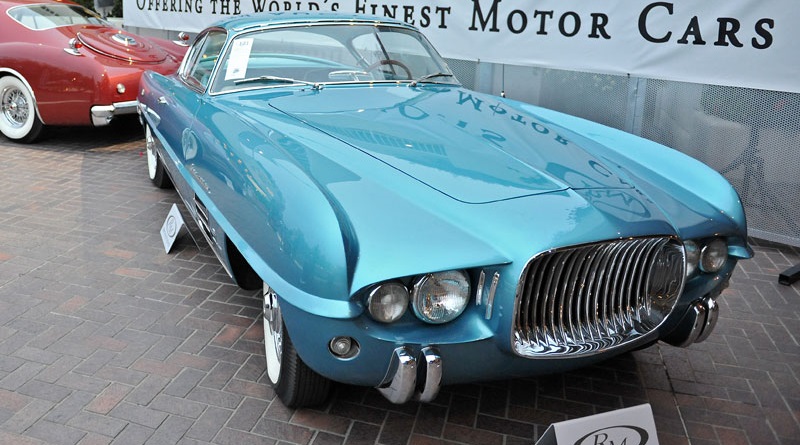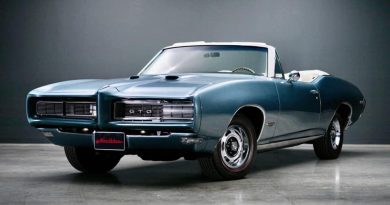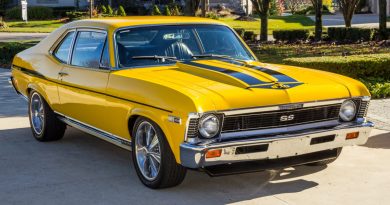1954 Dodge Firearrow Sport Coupe Concept Car
The Dodge Firearrows were a grouping of four one-off concept/dream cars designed by Chrysler’s legendary design chief Virgil Exner and built by Ghia of Turin, Italy. The series consisted of a full scale mockup (Firearrow I), Firearrow II a running, driving car based on that mockup. THIS CAR Firearrow III a sport coupe, a further evolution of the earlier Firearrows and finally Firearrow IV, a fully roadable convertible with folding top, windows and fully designed and engineered to be translated into series production.

Smaller than production Dodges of the era, the sport coupe measures 190.6 inches long on a standard 119-inch wheelbase, and is 76.5 inches wide and 55 inches high. The car’s combination of a standard running chassis and one-of-a-kind body recalls the prewar classic era.
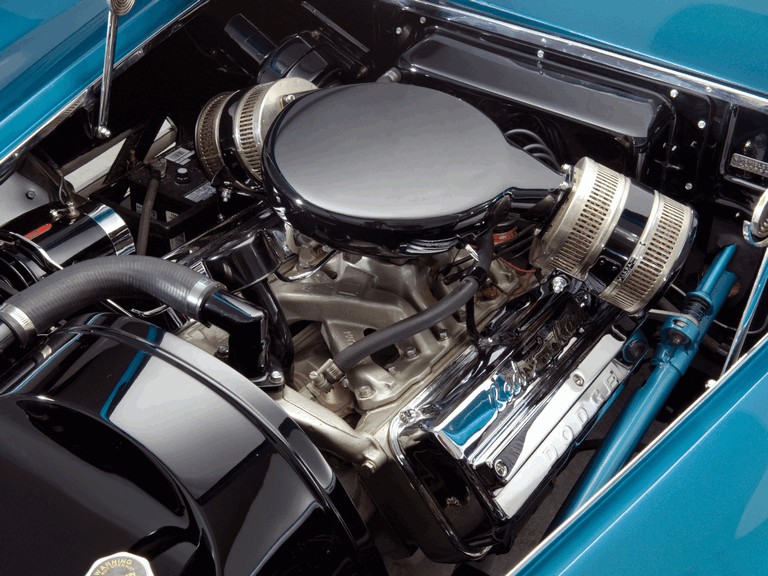
This is a user-friendly show car—individual leather seats are adjustable, as well as handsome and comfortable, and separated by a handy console. There is good vision all around and plenty of headroom for a six-footer.

The controls are well-placed, including the PowerFlite automatic transmission controlled by the long thin chrome stalk attached to the steering column. A matching stalk on the opposite side of the column works the turn signals. Two large round dials hold most of the gauges. The Firearrow is as practical as it is good-looking.

With the passenger cabin tapering toward the rear, a neat wraparound windshield adds great period design detail. Though taillights are small, the backup lights are big, like headlights. There are token bumpers—paired strips of chrome called “snubbers” protruding from underneath the lights—leaving the massive front air scoop grille unprotected. Chrome wire wheels measure 15 inches in diameter.

The car’s acceleration is still impressive. The Firearrow is quick and nimble, and “its functioning exterior exhaust pipes make nice, deep sounds.”
The Firearrow concept became a production automobile in 1955 when the convertible version was built by Dual Motors, an independent company in Detroit. Called the Dual-Ghia, the car later became popular in Hollywood.
